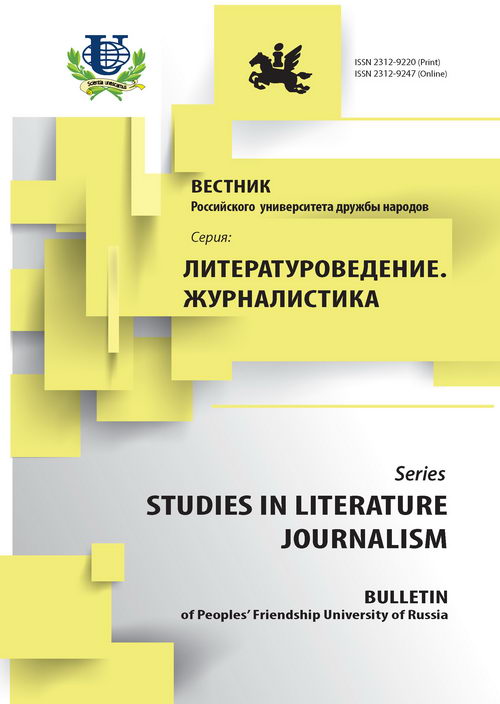Abstract
The article reveals some specific features of the Soviet and Post-soviet romanticism in poetry. One of them is so called “romanticism after romanticism”, which has been appeared on the bases of romantic narrative strategy. Post-soviet romanticism differs from the “Soviet romanticism”, because bears in itself romantic semantic, transmitted by global “mass culture” of the XX and XXI centuries. The attributes of this field are semiotic emblems-marks (images), romantic characters, for example, “wolf”, “crow”. They amplify the romantic narrative of authors and romantic essential features at the texts of these authors. This process is illustrated by examples from the poems of famous poets (Marina Strukova, Natalya Tochilnikova, Aleksandr Rodimtzev, Nikolay Redkin). The neoromantic literature is esthetically repressed by experts. This is supposed to be an error, because the existence of romantic semantic is an objective phenomenon. Arguments of the “OPOYAZ” philologists (Yuriy Tynyanov) are considered to be a bases to protect this point of vew.
















